
Federico del Sagrado Corazón de Jesús García Lorca, known as Federico García Lorca, was a Spanish poet, playwright, and theatre director. García Lorca achieved international recognition as an emblematic member of the Generation of '27, a group consisting mostly of poets who introduced the tenets of European movements into Spanish literature.
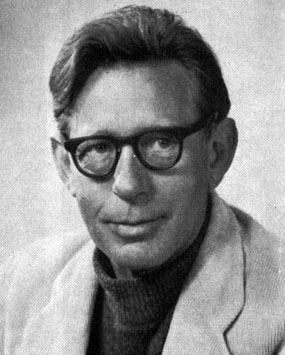
Laurence Edward Alan Lee, was an English poet, novelist and screenwriter, who was brought up in the small village of Slad in Gloucestershire.
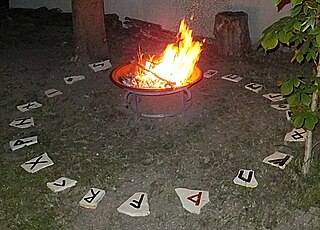
A brazier is a container used to burn charcoal or other solid fuel for cooking, heating or cultural rituals. It often takes the form of a metal box or bowl with feet. Its elevation helps circulate air, feeding oxygen to the fire. Braziers have been used since ancient times; the Nimrud brazier dates to at least 824 BC.

Dora de Houghton Carrington, known generally as Carrington, was an English painter and decorative artist, remembered in part for her association with members of the Bloomsbury Group, especially the writer Lytton Strachey. From her time as an art student, she was known simply by her surname as she considered Dora to be "vulgar and sentimental". She was not well known as a painter during her lifetime, as she rarely exhibited and did not sign her work. She worked for a while at the Omega Workshops, and for the Hogarth Press, designing woodcuts.

"Oh, My Darling Clementine" is a traditional American, tragic but sometimes comic, Western folk ballad in trochaic meter usually credited to Percy Montross (1884), although it is sometimes credited to Barker Bradford.

The genre of travel literature or travelogue encompasses outdoor literature, guide books, nature writing, and travel memoirs.

The Alpujarra is a natural and historical region in Andalusia, Spain, on the south slopes of the Sierra Nevada and the adjacent valley. The average elevation is 1,200 metres (4,000 ft) above sea level. It extends over two provinces, Granada and Almería; it is sometimes referred to in the plural as "Las Alpujarras". There are several interpretations of this Arabic-origin name: the most convincing is that it derives from al-basharāt (البَشَرَات), meaning something like "sierra of pastures". The administrative centre of the part in Granada is Órgiva, while that of the part in Almería is Alhama de Almería.
Gerald Murnane is an Australian novelist, short story writer, poet and essayist. Perhaps best known for his 1982 novel The Plains, he has won acclaim for his distinctive prose and exploration of memory, identity, and the Australian landscape, often blurring fiction and autobiography in the process. The New York Times described Murnane in 2018 as "the greatest living English-language writer most people have never heard of", and he is regularly tipped to win the Nobel Prize in Literature.
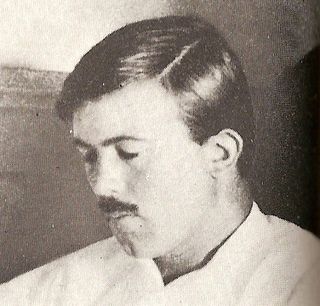
Edward FitzGerald "Gerald" Brenan, CBE, MC was a British writer and hispanist who spent much of his life in Spain.
Gamel Woolsey was an American poet, novelist and translator.

A Handbook for Travellers in Spain is an 1845 work of travel literature by English writer Richard Ford. It has been described as a defining moment in the genre.

South from Granada is a 2003 Spanish comedy film directed by Fernando Colomo which stars Matthew Goode as Gerald Brenan, a demobilized British soldier who in 1919 rents a house for a year in a village in Alpujarra, alongside Verónica Sánchez and Guillermo Toledo.

Alpujarra de la Sierra is a municipality located in the province of Granada, Spain. According to the 2007 census (INE), the city has a population of 1168 inhabitants.

Válor is a municipality located in the province of Granada, Spain. According to the 2005 census (INE), the town (pueblo) has a population of 736 inhabitants.

Frances Catherine Partridge CBE was an English writer. Closely connected to the Bloomsbury Group, she is probably best known for the publication of her diaries. She married Ralph Partridge in 1933. The couple had one son, (Lytton) Burgo Partridge (1935–1963).
José María Gironella Pous, known in Catalan as Josep Maria Gironella i Pous was a Catalonian Spanish author best known for his fictional work The Cypresses Believe in God, which was published in Spain in 1953 and translated into English in 1955 by Harriet de Onís (1899-1969), a translator who usually specialized in Latin-American fiction.
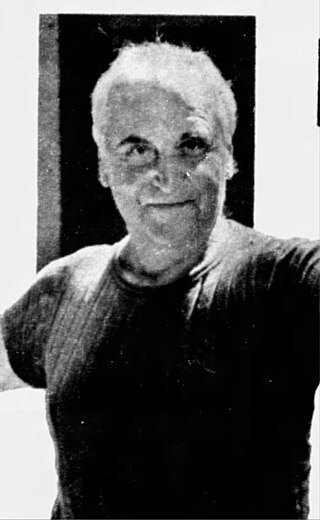
Jean "Yanko"Varda was a Turkish-born American artist, best known for his collage work. Varda was one of the early adopters of the Sausalito houseboat lifestyle that was popular in the 1960s–1970s. He was the subject of the short documentary, Uncle Yanco (1967), made by his cousin, Agnès Varda.
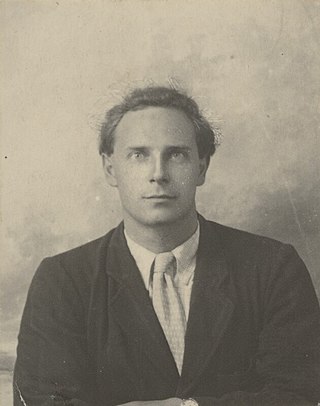
Reginald Sherring Partridge,, generally known as Ralph Partridge, was a member of the Bloomsbury Group. He worked for Leonard Woolf and Virginia Woolf, married Dora Carrington and then Frances Marshall, and was the unrequited love of Lytton Strachey.

Yegen is a village of the municipality of Alpujarra de la Sierra in the province of Granada.
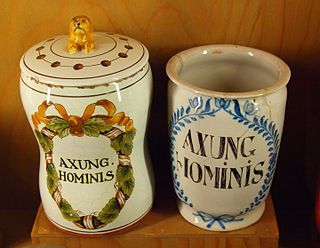
Sacamantecas or mantequero is the Spanish name for a kind of bogeyman or criminal characterized by killing for human fat.
















